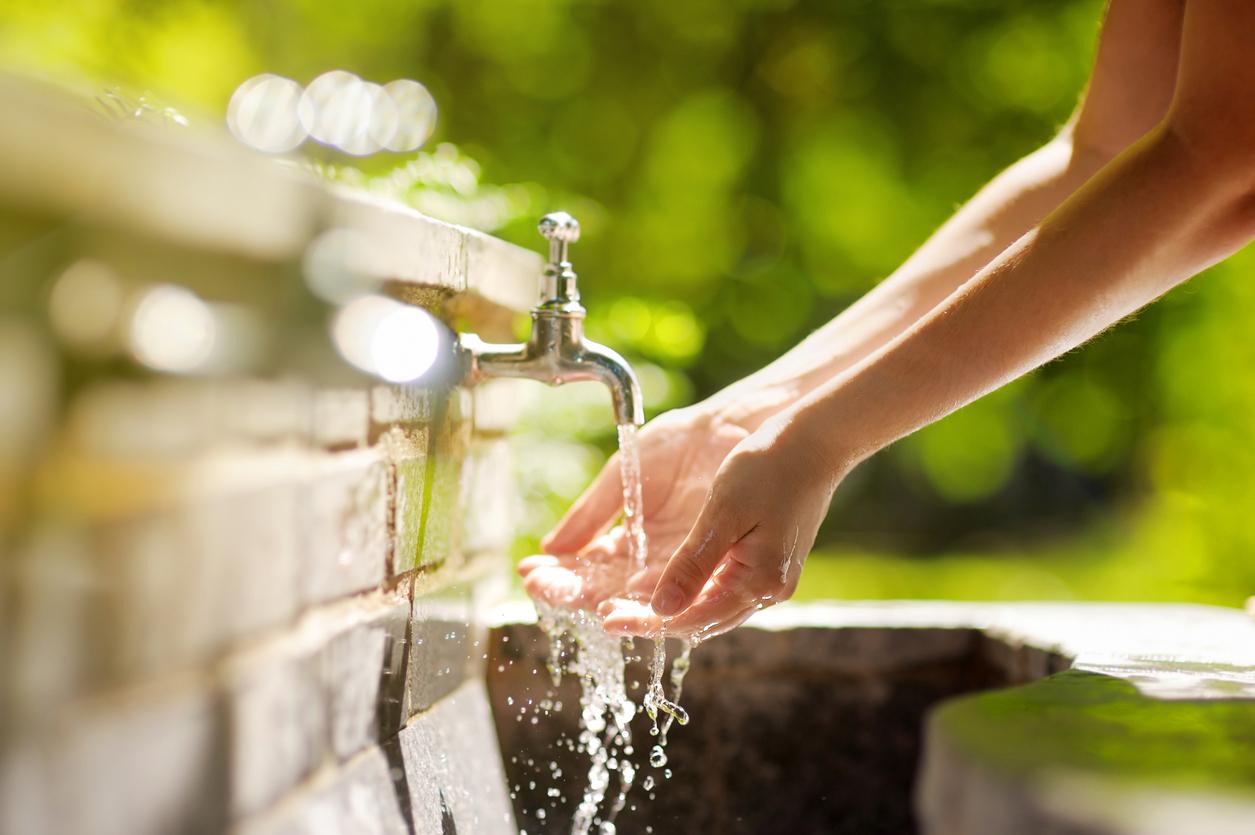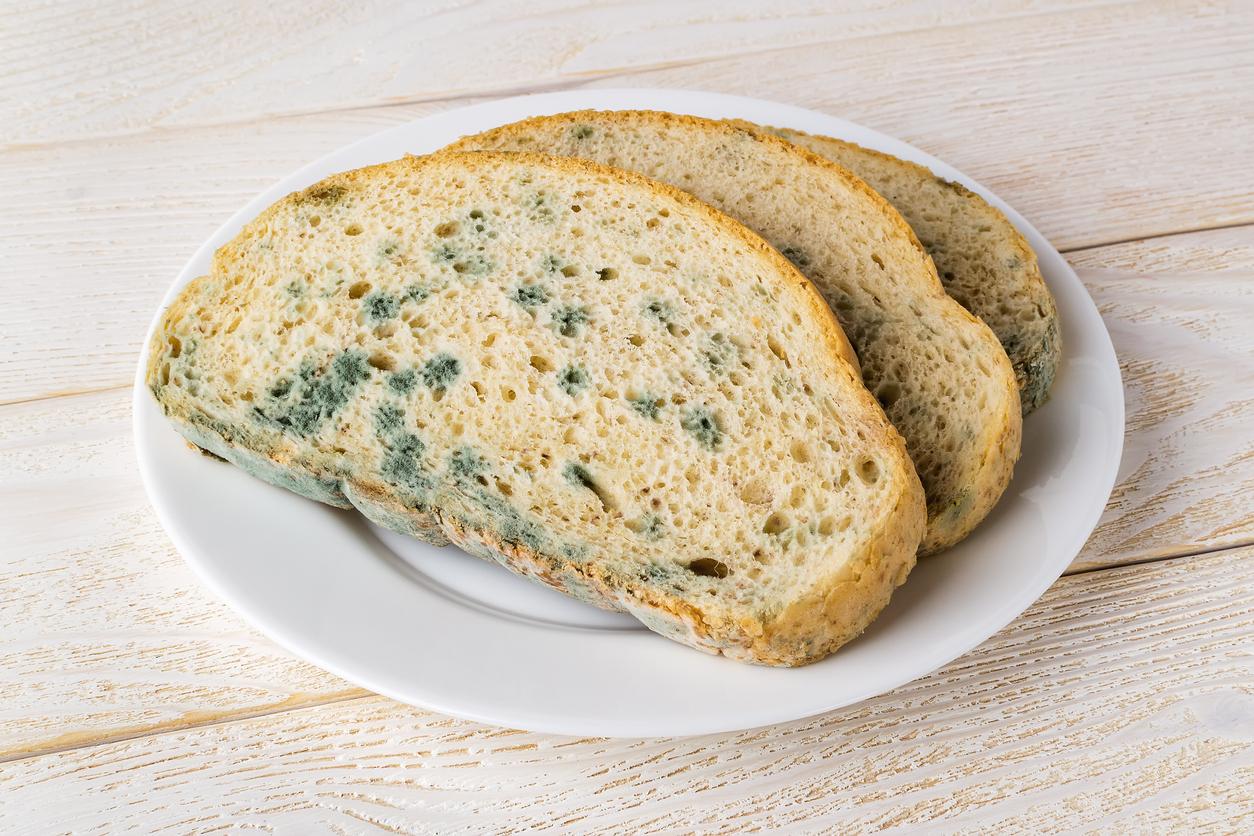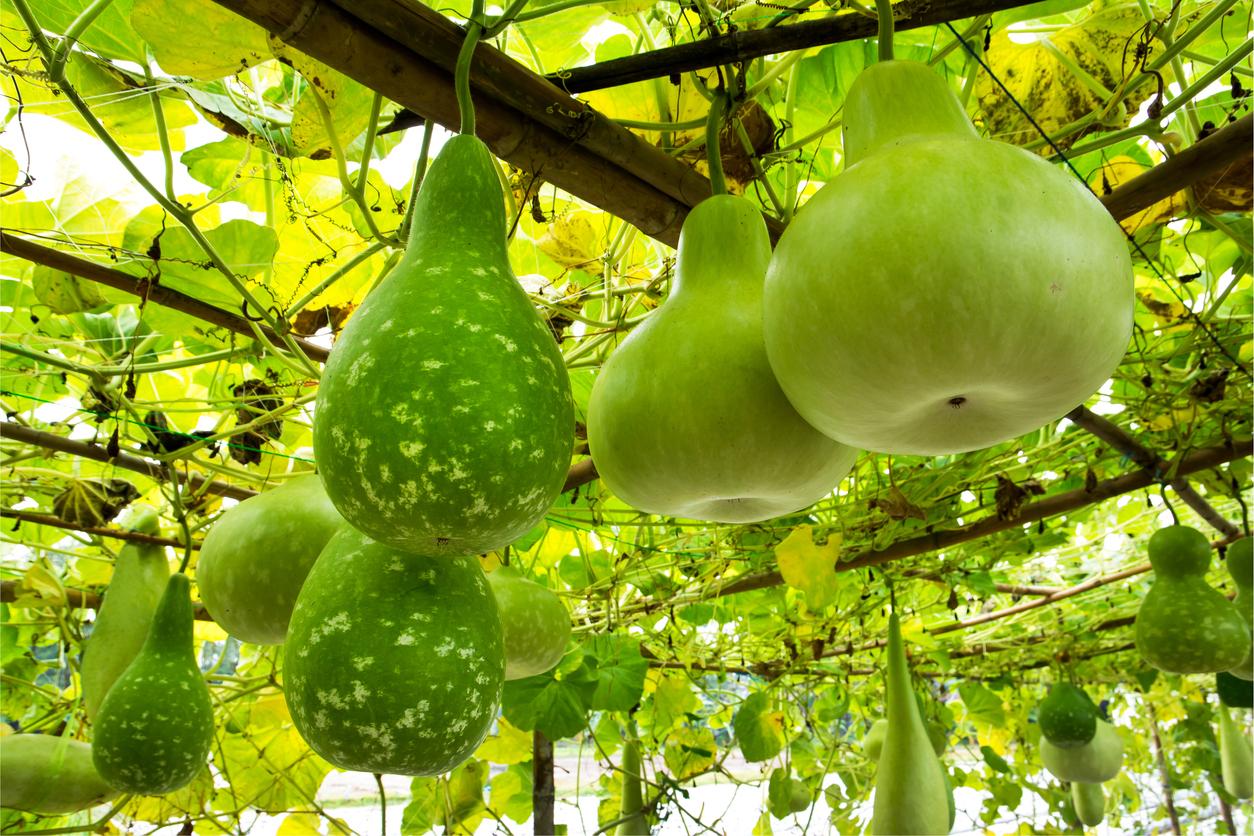In view of satisfactory analyzes, the Gironde prefecture once again authorizes the marketing of oysters produced in the Arcachon basin.

Lovers of oysters and other shellfish have become accustomed to the fact that their tasting is not only linked to the seasonality of the products. In question: the presence – possible – of natural toxins which can make them unfit for consumption. For now, the news is good: the temporary ban on the consumption of oysters that had been pronounced by the Prefect is no longer. She had been running for a month. On the other hand, it remains effective for the moment for mussels, cockles and scallops from the entire Arcachon basin (Gironde) as well as mussels from the Pertuis d’Antioche (Charente-Maritime).
Presence of microalgae
The toxins responsible for the ban on consumption owe their presence to a microalgae, called Dinophysis, found in the marine environment. This is a natural phenomenon, partly seasonal, and associated in particular with rapid warming of the water. Ingested by shellfish, microalgae are likely to accumulate there. In humans, they can then cause gastric disorders.
Satisfactory analyzes
It is the monitoring network of Ifremer (French research institute for the exploitation of the sea) which is in charge of the analyzes, the results of which lead to the consumption or not of shellfish. When the level of toxin contamination is greater than the alert threshold, the ban is then pronounced by the Prefecture of Gironde. Remember that in recent years, oysters and shellfish in the basin have regularly experienced periods of prohibition of consumption, ranging from a few days to several weeks, due to the presence of these toxins. If consumer side, scarcity creates envy, the resumption of the sale of oysters is first of all good news for oyster farmers who will be able to start marketing their product again.
.
















